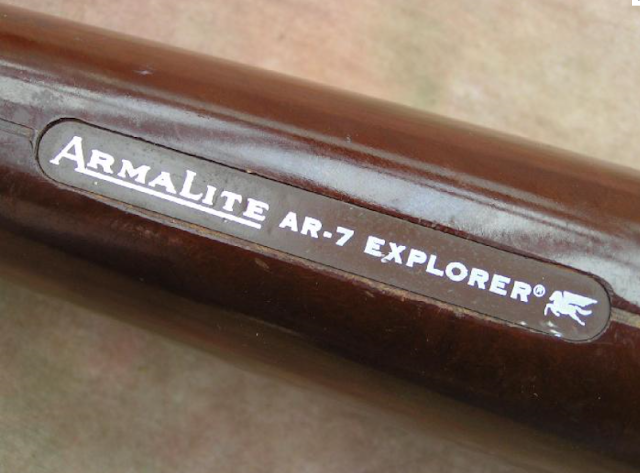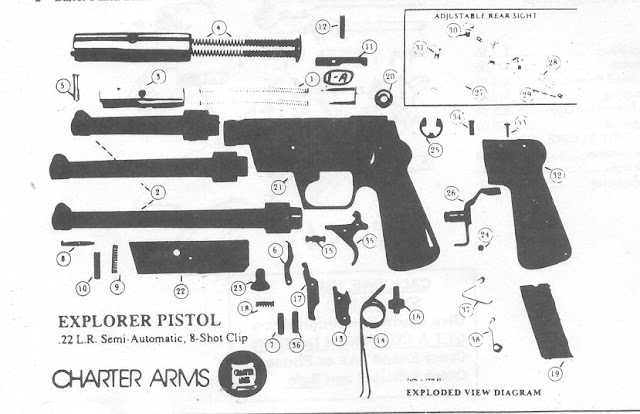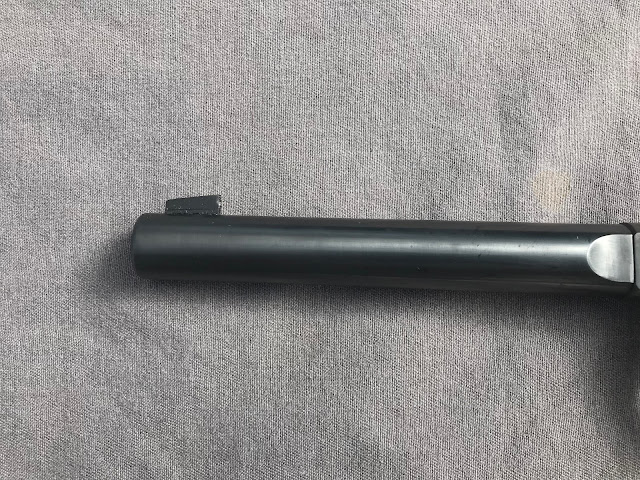My kind of crop circle....
Purchase Order for the stampings of the original Ruger Hand Drill, which became the frame of the Ruger Pistol. This was before Sturm, Ruger and Co. was formed in 1949 (PO from 1946). Note the words "Ruger Automatic Pistols" under the Ruger Corporation Name.
perhaps order "Z-100" was for the prototype stampings? I understand many of these were returned when the company folded, the question is, how many were used to put prototype pistols together?
photo courtesy of D Findley of the Ruger Owners and Collectors Society
Gun shop in imperial Russia (pre-1917)
The most "incognito" way to transport your weapons..... I did a post on this a while back see it here
Ruger Owners and Collectors Society
The pictures posted above were found freely on the World Wide Web and have been credited where possible. They are being used for entertainment purposes under the fair use doctrine of section 107 of Title 17 of the U.S. Code. If you own the copyright to any of the images above and would like them credited or removed, please contact me immediately.






























































